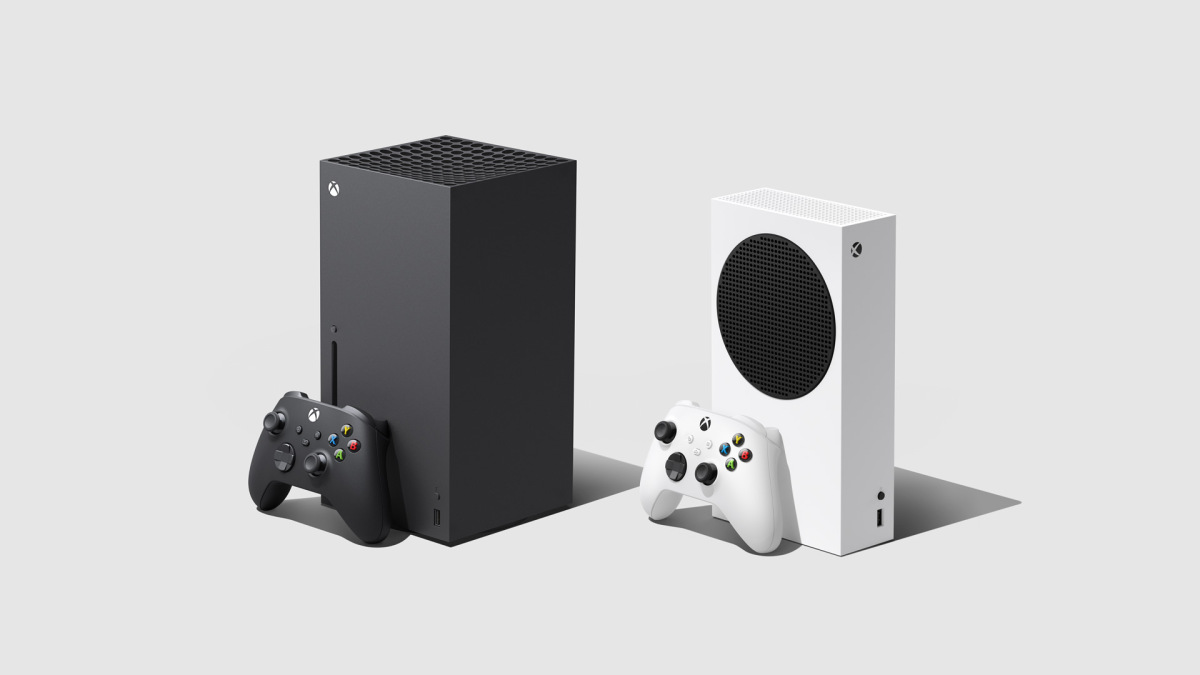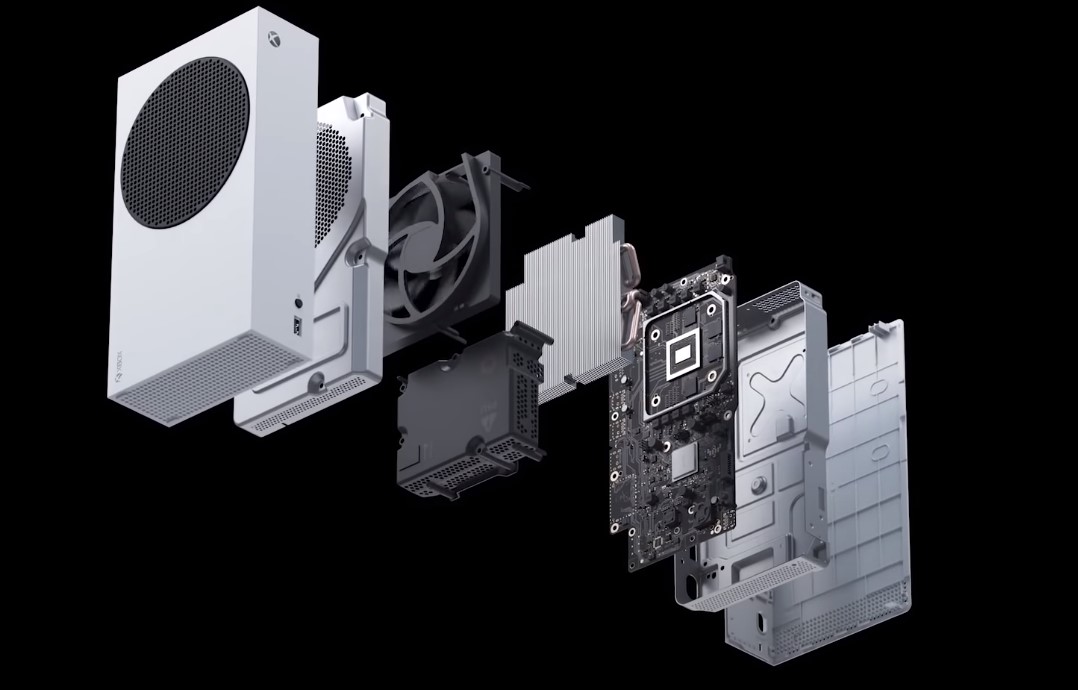We talked to the fan experts at Noctua about the unique cooling in the Xbox Series X and Series S
The PC's best fan-makers talk about Microsoft's new designs and how they might work in a gaming PC.

The next-gen Xbox designs and Patton Oswalt's dramatic acting career have one unexpected thing in common: Big Fan. In PCs, 120mm and 140mm fans are commonplace; the average case probably has room for at least four of them to suck in and exhaust air. Consoles have always made their cooling more obscure, hiding small fans behind small grilles. But the Xbox Series X completely ditches that convention—its tower design is shaped by the exhaust fan at the top, which is giant for a console. And the much smaller Xbox Series S is almost as radical, with a ventilation cutout over its processor to allow for a similar jumbo fan. As consoles become even more similar to PCs, apparently their fans do, too.
When I think fans, I think Noctua, which makes the best CPU coolers and quietest fans around. So I asked Noctua's Jakob Dellinger what he thought of the Xbox's new design, and how it compared to PCs and past console cooling.
"Generally speaking, using an upright top exhaust (or bottom intake) design means that you can get some 'assistance' from natural convection," he wrote. "Obviously, this is a good thing but you need to keep in mind that the effect isn't huge (unless you have a very tall device, think chimneys), so it will play a bigger role when you run quiet, low speed fans. Once you crank up the fans, the percentage of airflow performance contributed by natural convection will be much smaller."
Microsoft's Phil Spencer has said that one goal with the Xbox Series X was for it to match the same noise levels as its current top-end console, the Xbox One X. The One X is very quiet, even under heavy loads, but the Series X had to match that with much more powerful components. Using a large fan may have been key, there.
System breakdowns have shown the Xbox Series X has a 130mm fan at the top, right in between the two common PC fan sizes. "Generally the bigger the better (more airflow at the same noise levels)," Dellinger wrote. "120-140mm sizes tend to offer a very good balance of performance/noise/size though, so 130mm seems like a sensible choice."

What about the Series S? No console has ever had a giant fan right over its processor before, or purposefully made the fan a core part of the aesthetic. Without a teardown, it's hard to know exactly how the Series S's cooling will work, but Dellinger had a couple thoughts.
"Assuming that the fan exhausts, it certainly seems to use much less of a chimney effect because the case is much slimmer, so it probably relies much more on forced convection rather than natural convection. Even if the fan exhausts to the top, fresh air needs to be drawn in from the sides rather than from the bottom, so the fan will have to do all the work."
Keep up to date with the most important stories and the best deals, as picked by the PC Gamer team.
This illuminates one of the challenges of console design: they almost always have to work vertically or horizontally, which limits where you can place intake fans. The Series X draws its air in from the bottom, which is why it has a stand that will raise it up a few millimeters for ventilation. The smaller Series S has grilles on what would be the bottom if you stood it vertically, but it also has holes on other sides to compensate for that orientation.
The big fan on top "could also be an intake fan," Dellinger told me. "In the exploded view, it also looks like there are two layers of fan grills. This may be required from a visual design or EMI perspective but it definitely introduces extra airflow resistance, which isn't ideal from a cooling perspective."

Are the Series S and Series X using the same 130mm fan? Even if it's the same part, the way the fans in the two systems work in practice could be pretty different. Dellinger pointed out that the X's struts are straight where the S's are curved, and they're on opposite sides if the S fan is exhausting air, too. Even with a part that seems as simple as a fan, consoles can require a lot of custom work.
What I really wanted to know, looking at the Series X's design, is whether we could see a PC case for home builders use a similar design. The NZXT H1 is a slim tower just like the Series X, but it doesn't exhaust out the top. Dellinger pointed to one company trying out a convection tower design—MonsterLabo. Except there are no fans to be found here; all the heat is dissipated by radiators. It's entirely passively cooled unless your system draws too much power, in which case a single fan installed at the top of the case will help ventilation, much like in the Series X.
The First - Series X. Available now. 🙃 pic.twitter.com/uLM3DZ4K2bDecember 13, 2019
MonsterLabo's cases aren't as easily plug-and-play as your typical PC case, but it's exciting to see that on the cutting edge, you really can build something at home that rivals the industrial design of a console.

Wes has been covering games and hardware for more than 10 years, first at tech sites like The Wirecutter and Tested before joining the PC Gamer team in 2014. Wes plays a little bit of everything, but he'll always jump at the chance to cover emulation and Japanese games.
When he's not obsessively optimizing and re-optimizing a tangle of conveyor belts in Satisfactory (it's really becoming a problem), he's probably playing a 20-year-old Final Fantasy or some opaque ASCII roguelike. With a focus on writing and editing features, he seeks out personal stories and in-depth histories from the corners of PC gaming and its niche communities. 50% pizza by volume (deep dish, to be specific).

